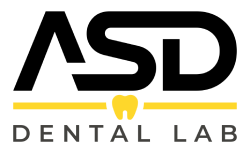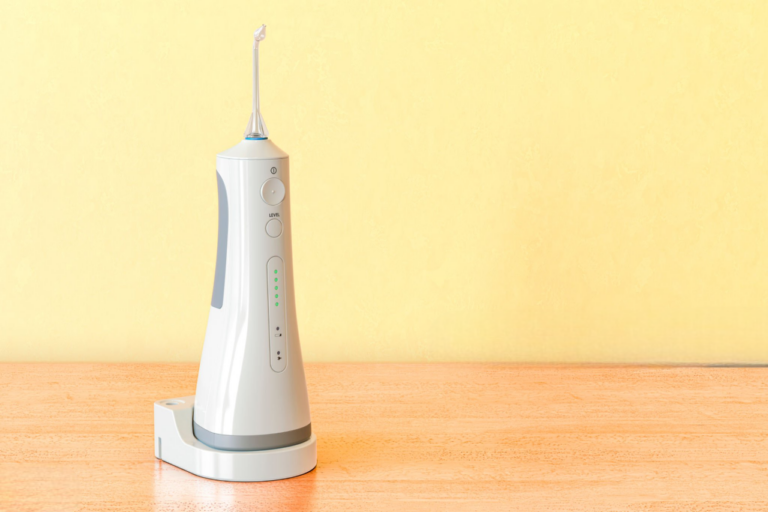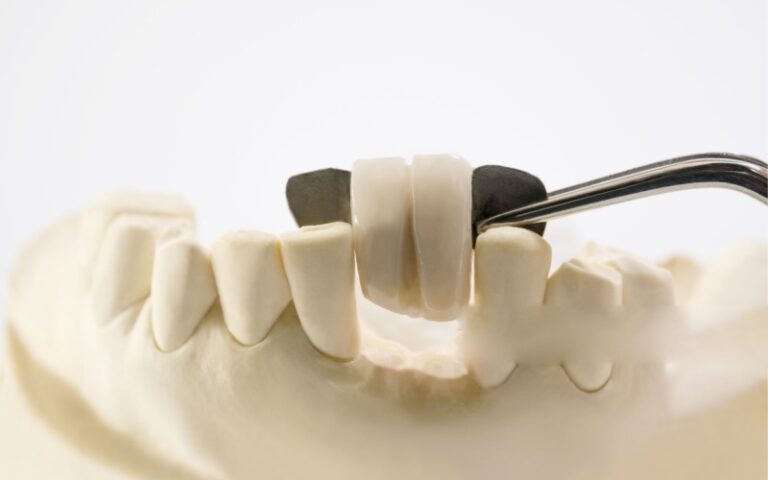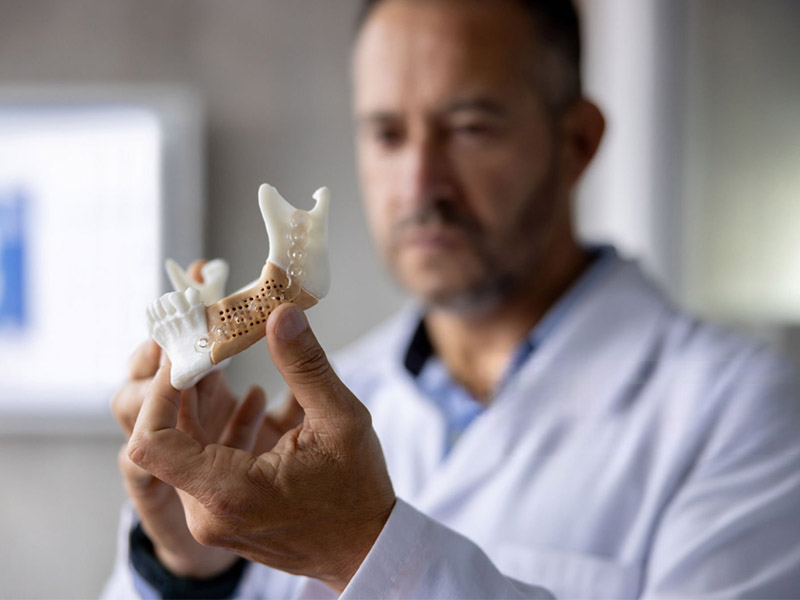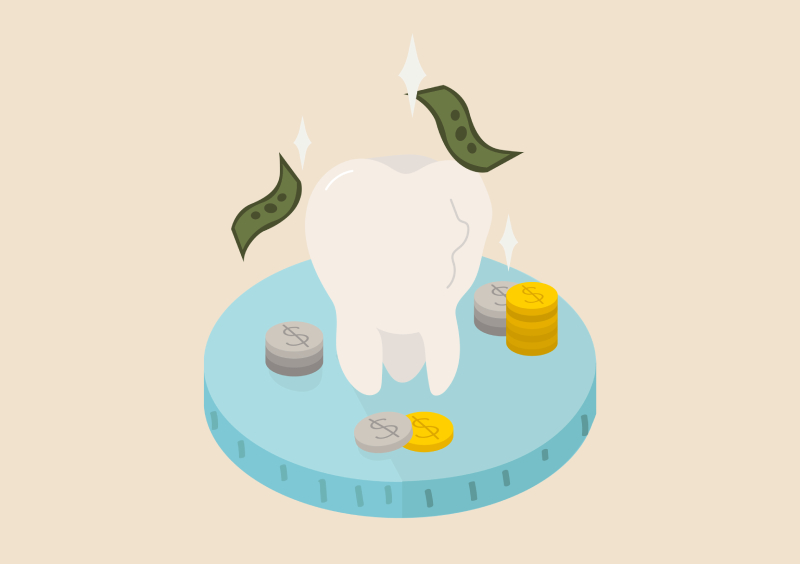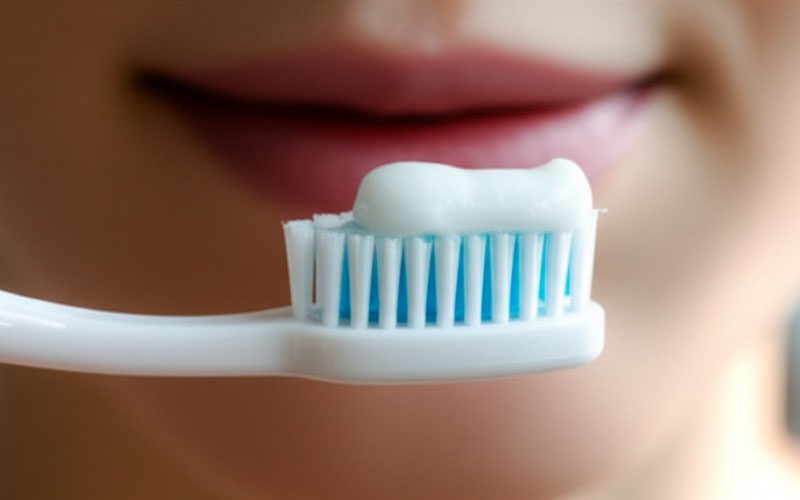
Cure Gum Disease Without a Dentist: Your Complete Guide to Easy Home Care and Natural Remedies
You know that weird feeling when you brush your teeth? The sight of blood in the sink? Maybe a dull ache or a bad taste in your mouth that just won’t quit? Sound familiar? If you’ve been trying to figure out how to fix gum disease without a dentist, you’re definitely not the only one. Bleeding gums, swelling, and that constant bad breath can be scary, and it’s normal to wonder: Can I really fix this myself, or do I have to see a dentist?
Great question—and one that tons of people ask every year, usually hoping for an easy, cheaper answer that skips the dentist. Maybe you want to save money, maybe you want something more natural, or maybe you just want to stay away from dental offices. Either way, let’s get into what you can actually do—and most importantly, what’s safe—when it comes to your gums.
Table of Contents
Can You Actually Fix Gum Disease Without a Dentist?
Let’s answer the big question first: Can you really fix gum disease at home?
Short answer: Sometimes. If you have gingivitis—the early stage—good home care can usually turn things around. Maybe your gums bleed, look red, or feel a little sore. Get your daily brushing and flossing right, and you’ll often see things get better in just a week or two.
But if the problem’s gone further—periodontitis—it’s a different story. If the infection has caused your gums to pull away or your teeth to get loose, you can only manage things at home, not cure it. You need a dentist to fix big problems.
Bottom line: The sooner you notice gum problems, the more home care can do. But sometimes, only a dentist can help.
Why Do People Skip the Dentist?
If you’re reading this, you have your reasons—no judgment!
- Money: Dentists are expensive. No insurance? Even a cleaning costs a lot.
- Hassle: Making appointments, driving over, waiting—who has the time?
- Fear: Lots of people skip the dentist because they’re scared (you’re not alone!).
- Wanting Natural Fixes: Maybe you trust herbs or gentle treatments more than medical stuff.
No matter the reason, this guide has real, practical advice you can use. Let’s dig in.
Gum Disease 101: The Basics
Gingivitis: The Sneaky Start
Gingivitis means your gums are inflamed from plaque—the sticky layer of germs that gathers on your teeth every day. Skip brushing or flossing, and that plaque hardens into tartar—basically, crusty gunk nothing at home can remove. Tartar lets even more germs gather, which means more swelling and bleeding.
How can you tell if you have gingivitis?
- Bleeding gums: Especially when you brush or floss
- Red, puffy gums: Not that healthy light pink
- Bad breath: That won’t quit
- Sore gums: Press and they hurt
The good news? You can turn gingivitis around. Clean those teeth and show your gums some love, and you’ll get them healthy again.
Periodontitis: The Big Problem
Skip dealing with gingivitis long enough, and things get ugly. Germs dig deep, making pockets between teeth and gums. They attack your jaw bone and things that hold your teeth in. You can’t just “brush it away” at this point.
Periodontitis signs:
- Gums pulling back: Teeth look longer than before
- Deep pockets: Big spaces that trap more germs and food
- Loose teeth: That’s serious
- Bad taste or pain
- Pus: It can get this nasty
At this point, home care isn’t enough. Only a dentist’s tools can clean under the gums and stop the damage.
Daily Habits: The Most Important Stuff
If you remember nothing else, remember this: Nothing beats good daily brushing and flossing. Mouthwash, herbs, or vitamins can’t take the place of everyday cleaning.
Brushing: Doing It Right
Ever wondered if you brush right? There’s more to it than just “scrub and spit.”
- Go for a soft brush. Hard bristles can hurt your gums.
- Hold your brush at 45 degrees pointing toward your gums. Brush in tiny circles.
- Brush all over: Outside, inside, top of every tooth.
- Go for two minutes, twice a day. Timer helps. So does music.
Why is technique important? Bad brushing leaves germs behind—or just spreads them around.
Flossing: Get the Spaces Clean
Brushing gets you halfway. Floss makes up the rest—going between teeth where your brush can’t reach.
- Once a day is best. Even quick flossing helps.
- C-shape trick: Wrap floss around each tooth in a “C” and slide up and down.
- Don’t snap it: That hurts and can hurt your gums.
Tip: Hate floss? Try a water flosser.
Oral Irrigator: The Water Trick
Seen those water-jets at the dentist? Oral irrigators (like a Waterpik) blast away food and bacteria under the gum line. They’re great if you’ve got sensitive gums, wear braces, or flossing just isn’t working for you.
- Use daily or every few days
- Aim right at the gum line
Don’t Forget Your Tongue
Weird, but your tongue holds a bunch of germs. With a tongue scraper (or even your toothbrush), give it a gentle clean every day or two.
Quick Facts:
- Brush and floss every day, and you can fix gingivitis in about 10-14 days.
- Water flossers help cut bleeding and swelling.
- Staying on track is what really matters.
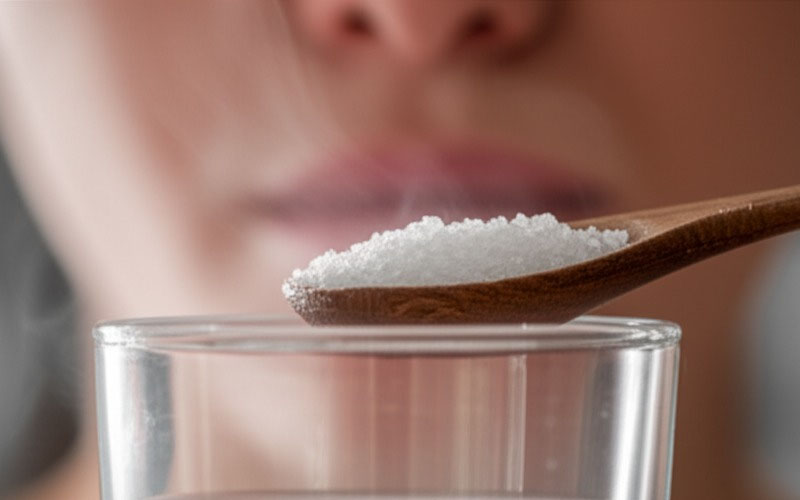
Natural Remedies & Home Supplements that Help
With your basics covered, let’s check out home remedies. Some actually help if your gum disease is still mild.
Germ-Killing and Calming Rinses
Saltwater Rinse: The Old Favorite
Mix one teaspoon salt in a cup of warm water. Swish for 30 seconds, spit, and do it twice a day. Salt helps kill germs and calm swollen gums.
Hydrogen Peroxide (Watered Down)
Mix equal parts 3% hydrogen peroxide and water. Swish—but don’t swallow! Do this once or twice a week. It helps kill germs. Don’t use it too much, and never full strength.
Aloe Vera Mouthwash
Pure aloe vera juice (unsweetened!) can calm swollen gums. Just swish a little around your mouth.
Herbs, Oils, and Old-Time Tricks
Oil Pulling (Coconut Oil)
This old practice is still popular. Swish a big spoonful of coconut oil in your mouth for about 10-20 minutes. Spit it out, don’t swallow! Some research says it can cut germs, but don’t count on this alone.
Essential Oils: Nature’s Rinses
A few drops of tea tree, neem, clove, oregano, thyme, or eucalyptus oil in a cup of water makes a natural rinse. Tea tree and neem are most common for gums. Just remember to always mix with water and don’t swallow.
Green Tea
Green tea is packed with good stuff to cool off swelling. Have a cup a day.
Turmeric Paste
Mix turmeric (that yellow spice) with water or oil and rub gently on gums. Turmeric can calm swelling, but it can stain things yellow—so maybe not before you go out!
Supplements and Diet Stuff
Vitamin C: For Strong Gums
Low vitamin C makes your gums bleed. Get it from oranges, broccoli, or peppers.
CoQ10
Some studies show this helps gums heal—especially if you use it along with other good habits.
Vitamin D & Calcium
Both keep teeth and jaw strong. Food or pills both work.
Omega-3 Fats
Found in fish, flaxseed, and walnuts—these calm down gum swelling.
Probiotics: Good Bacteria
Probiotic lozenges or yogurt help the good germs keep the bad ones in check.
Eat This; Skip That
- Good foods: Leafy greens, oranges, berries, nuts, cheese, plain yogurt.
- Bad foods: Sugary snacks, soda, white bread—these feed the bad germs.
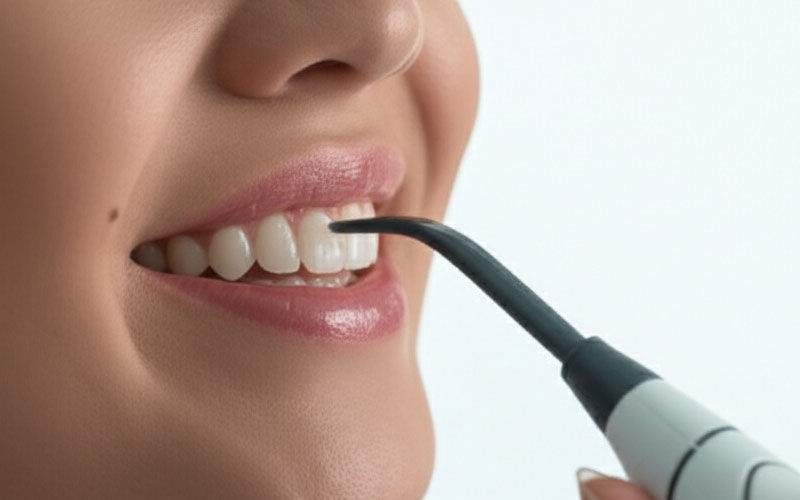
How Your Lifestyle Affects Your Gums
A lot more than brushing matters for your gums.
Quit Smoking (Or Any Tobacco)
Tobacco chokes off blood flow, making it harder for gums to heal. It can double your risk of gum disease.
Stress Doesn’t Help
When you’re stressed out, your body battles less. That means germs win.
Water: Don’t Forget to Drink It
A dry mouth makes gum problems worse. Drink plenty of water to stay healthy.
Watch Your Health (Especially Diabetes)
If you have diabetes that’s not under control, gum disease can get way worse and won’t heal fast. Also, bad gums can make diabetes harder to manage.
Other Stuff:
- Pregnancy can make gums swell (pregnancy gingivitis)
- Too much booze dries your mouth and bugs your gums
- Some medicines dry your mouth or puff up your gums—ask your doctor if you’re worried
When Home Remedies Can’t Help: Knowing the Signs
Let’s be real—sometimes you just can’t fix things at home.
“Red Flags:” When You Need a Dentist
- Gut-wrenching pain: Wakes you up, keeps you from eating
- Big gum pockets: Gums pulling far from teeth
- Loose teeth: Even just a little wiggly is a problem
- Pus, swelling, or abscess near a tooth
- Bleeding or swelling that isn’t better after a couple weeks of good home care
- Gum disease that’s not getting better or even getting worse
Why can’t home remedies fix everything? Hardened tartar is glued on—your brush or floss can’t remove it. If your gum pockets are deeper than 4mm, bacteria hide where nothing at home can reach.
Dentist fixes for big issues:
- Scaling and root planing: Deep cleaning under the gums
- Lasers: Sometimes used to get rid of germs
- Surgery or gum grafts: For bad or hard-to-fix spots
Regular checks (every 6-12 months) catch gum problems early—before they get scary.
Key Takeaways: What Works and What Doesn’t
Let’s Review (Quick List):
- Gingivitis (early gum disease) can be fixed at home if you tackle it early with solid brushing and flossing
- Periodontitis (bad gum disease) needs a dentist’s help—home tricks just can’t undo the damage
- Brush soft and slow for two minutes, twice a day
- Floss (or use a water flosser) every day—your gums count on it
- Saltwater, weak hydrogen peroxide rinses, oil pulling, or herbal rinses help—but just as a boost, not your main plan
- Eat well: Lots of vitamin C, D, calcium, and omega-3s—skip sugary snacks as much as you can
- Don’t smoke—and if you need help quitting, ask for it
- See a dentist if you have: deep gum pockets, pus, loose teeth, or nothing is better in 2-3 weeks
What to Do Next
- Start or improve your brushing and flossing right now
- Try safe, tested home remedies—but don’t expect a miracle
- Don’t ignore bad signs—if things aren’t getting better or are really bad, dentists are there to help you, not hurt you
- Stick with it: Little changes add up, and good habits stop tiny problems from getting big
Remember: Gum health is slow and steady, not a quick race. Every day, little by little, you’ll feel and see the difference.
Common Questions
Q: Can I really fix gum disease at home?
A: Yes, if it’s mild (gingivitis) and you make changes right away. If it’s more serious (periodontitis), home care only helps you control it, not cure it—you’ll need a dentist.
Q: How long does it take to get better?
A: With good brushing and flossing, you’ll usually see gums improve in a week or two. If you don’t, see a dentist.
Q: Is flossing really that important?
A: Absolutely. Only floss or a water flosser can clean between your teeth.
Q: Do oil pulling or herbal rinses really work?
A: They can help a bit as part of a good routine, but they aren’t a magic fix.
Q: Can my gums grow back if they’ve receded?
A: Sadly, no. You can keep things from getting worse, and sometimes a dentist can help with grafts or other treatments.
Q: If I’m taking care of my gums at home, should I still see a dentist?
A: It’s usually smart to go every 6-12 months, even if your gums feel good—dentists can spot problems before you can.
Where This Info Comes From
- American Dental Association (ADA)
- Centers for Disease Control and Prevention (CDC)
- American Academy of Periodontology
- National Institute of Dental and Craniofacial Research (NIDCR)
- Dental hygiene journals
Last Word: You’re in Charge
Don’t let fear or worry stop you from trying. Your gums can bounce back from most problems if you act fast. And hey, it’s never a fail to ask for help—dentists want your mouth healthy too.
So: Pick up that brush. Grab some floss. Use what works. Keep your mouth—and your whole self—as healthy as you can.
